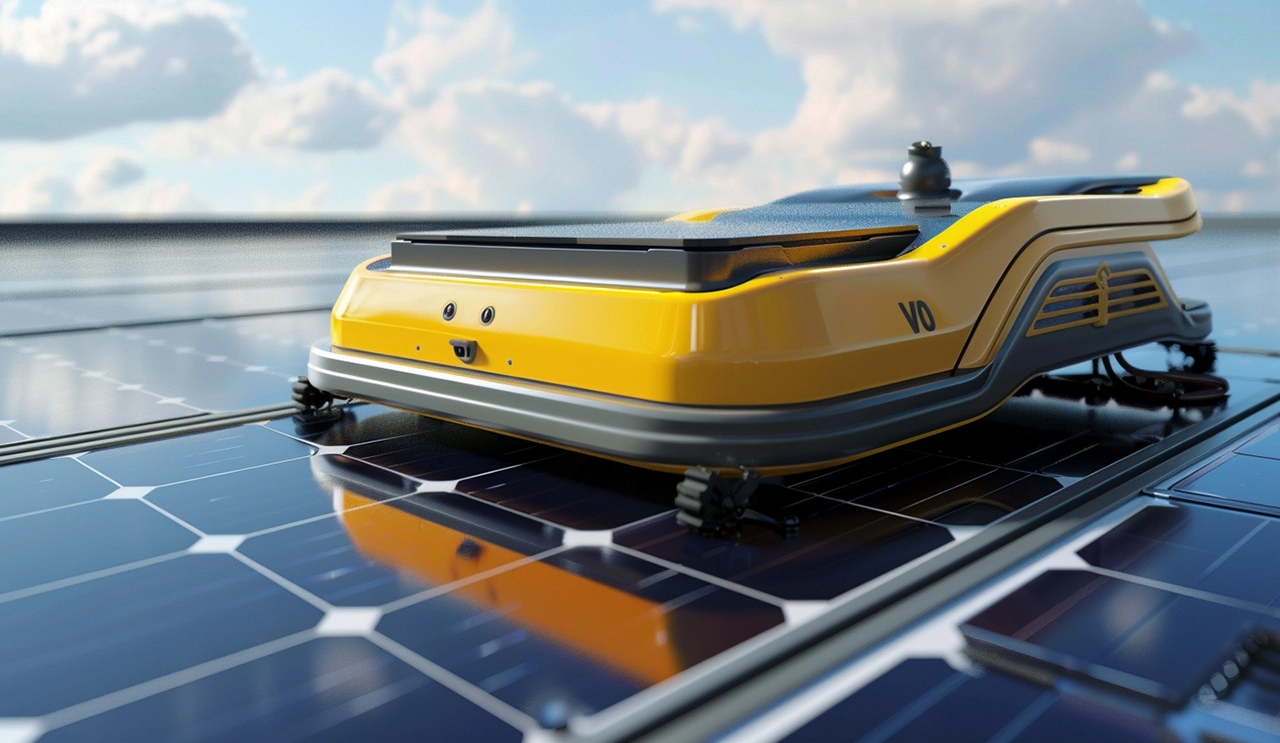
WIRELESS CHARGING IN THE NEWS
Long Distance Wireless Charging technology, especially Magnetic Resonance-based technology, is an innovative approach that allows devices to charge without direct contact with a charger.
How Magnetic Resonance Wireless Charging Works
Magnetic Resonance Wireless Charging uses the resonance phenomenon between two coils with the same resonant frequency to transfer energy. The transmitter (charging station) generates an electromagnetic field at a specific frequency, and the receiver (the coil in the device to be charged) is tuned to the same frequency. When both are at the same frequency, energy can be efficiently transferred from the transmitter to the receiver, thereby charging the device.
Features and Advantages
1. Extended Charging Distance: Compared to traditional inductive wireless charging, magnetic resonance allows devices to charge over distances ranging from a few centimeters to several meters.
2. Simultaneous Multi-Device Charging: Magnetic resonance technology can charge multiple devices simultaneously as long as they are within the charging area and have matching resonant frequencies.
3. High Efficiency: Despite some energy loss, magnetic resonance charging can achieve relatively high energy transfer efficiency under specific conditions.
4. No Alignment Needed: Unlike inductive wireless charging, which requires precise alignment with the charging pad, magnetic resonance technology does not require exact positioning, allowing devices to move freely within a certain range.
Application Scenarios
1. Smart Home Devices: Devices like smart speakers, lights, and thermostats can be wirelessly powered using magnetic resonance technology.
2. Electric Vehicles: Future electric vehicles could wirelessly charge through built-in magnetic resonance systems when parked.
3. Consumer Electronics: Devices like smartphones, tablets, and laptops could remain charged as users move around a room.
Current Challenges
Despite its great potential, magnetic resonance wireless charging technology faces several technical challenges, such as:
- Energy Transfer Efficiency Decreases with Distance: Efficiency drops as the distance between the transmitter and receiver increases.
- High Cost: Especially for high-power applications, the cost can be significant.
- Safety and Health Concerns: Long-term exposure to strong electromagnetic fields requires further research to understand potential impacts on human health.
In summary, magnetic resonance wireless charging offers a revolutionary solution for long-distance charging. Although it is still in the early stages of development, its prospects are very promising.







